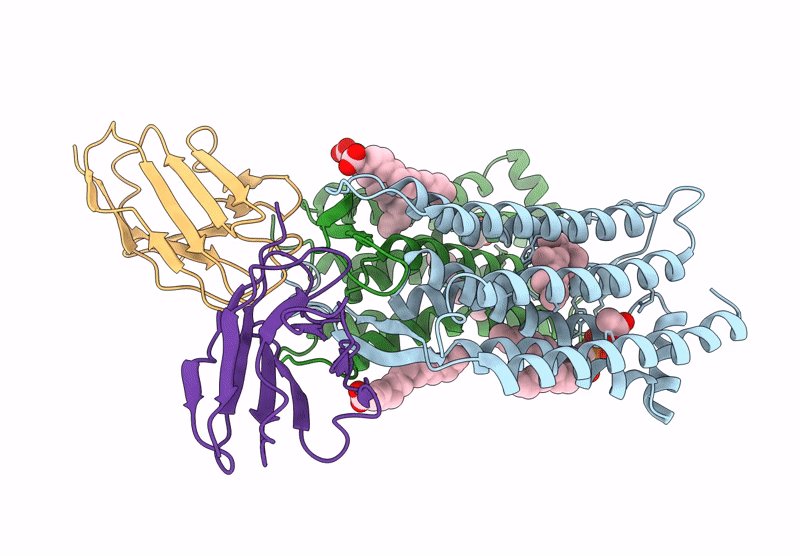
Deposition Date
2025-01-15
Release Date
2025-02-12
Last Version Date
2025-02-12
Entry Detail
Biological Source:
Source Organism:
Escherichia coli (Taxon ID: 562)
Vicugna pacos (Taxon ID: 30538)
Vicugna pacos (Taxon ID: 30538)
Host Organism:
Method Details:
Experimental Method:
Resolution:
3.23 Å
Aggregation State:
PARTICLE
Reconstruction Method:
SINGLE PARTICLE


